Each year the Laboratory for Quantum Magnetism accomodates several Master students who then perform semester or Master work using and even further developing our facilities. Despite the fact that we mainly focus on experiments, the topics could be about numerical and theoretical quantum magnetism as well. We mainly use our in-lab modern equipment, but also take advantage of international facilities such as PSI (Villigen), ILL (Grenoble). Our researches cover:
- Synthesis of new quantum magnets: chemistry, characterization, interpretation
- Instrument development: Design/construction, implementation, tests
- Quantum magnet theory: modeling, analytic or numerical
- High-pressure measurements: specific heat, resistivity etc
- Low-temperature measurements: sub-Kelvin temperatures, susceptibility etc.
We offer various master level projects (TP4, specialization, master thesis) to students, depending on their background. A list of the current projects is given below, and on Is-Academia under the “Portail des projets” tab. Do not hesitate to also have a look at the old projects on the right tab, they might give you inspiration. Depending on the student’s interest, the contents and approach of the project is highly adjustable.
For a more general idea, please see the lab’s presentation and past publications. Contact Prof. Henrik Rønnow (henrik.ronnow@epfl.ch) if interested !
TP4 projects
Investigation of Skyrmions Crystal Properties
Magnetic skyrmions are chiral spin structures with a whirling configuration. As their structure cannot be continuously deformed to a ferromagnetic or other magnetic state, skyrmions are topologically protected and stable structures. Moreover, they are appealing because of their potential applications in novel spintronic devices, for example, information storage or logic devices based on the controlled motion of these particle like magnetic nanostructures. The project will involve cutting edge research experience in investigation of skyrmion crystal properties. The student will be involved in the design and fabrication of coplanar resonators, followed by microwave measurements using vector network analyzer and superconducting magnets at liquid helium temperatures in order to probe magnetic excitations of skyrmions. The work will also involve sample characterization using the X-ray Laue and SQUID magnetometer. Data analysis will be performed using MATLAB or Python programming packages.
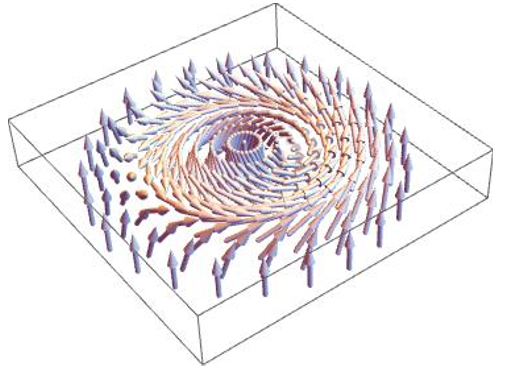
A more complete description of the project can be found here.
Quantum Critical Scaling Analysis of Model Magnets
Quantum criticality refers to a set of universal behaviour observed in quantum materials at finite temperatures which originates from the intriguing interplay between quantum and thermal fluctuations. This is widely believed to underlie the emergence of many exotic phases such as an unconventional superconductivity, but our understanding is still quite limited. The aim of this project is develop a software tool (using Matlab or others) for quantum critical scaling analysis, and perform actual analysis for the available dataset for a model dipolar magnet LiErF4 and others. Some basic knowledge on Matlab (or equivalent, e.g., Python) will be sufficient to finalise the tool development under the guidance. This is an opportunity to learn a cutting-edge theme in current condensed matter research as well as data analysis and visualisation.
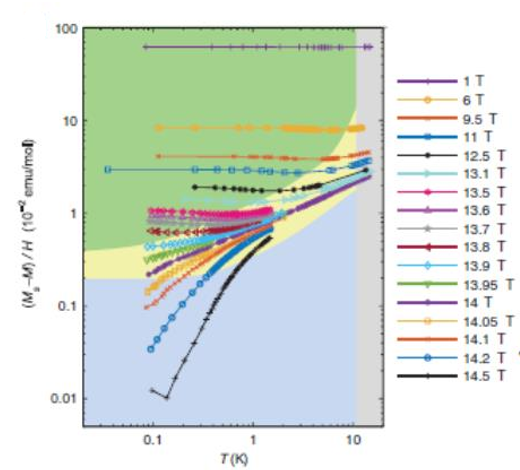
A more complete description of the project can be found here.
Probing magneto-Electric Materials at Cryogenic Temperature
The aim of this project is to implement a dielectric property measurement system, and use it to characterise model magneto-electric materials at cryogenic temperatures. The student will explore the material’s dielectric response in a wide range of temperature and a magnetic field, e.g., down to 1.5 Kelvin and up to 18 Tesla, or even in a three-dimensional vector magnetic field. The project will include typical training for hands-on laboratory works for quantum materials and solid-state physics research, which comprises low-temperature thermometry and electric wiring and measurements, instrument programming and handling of cryogenic liquid.
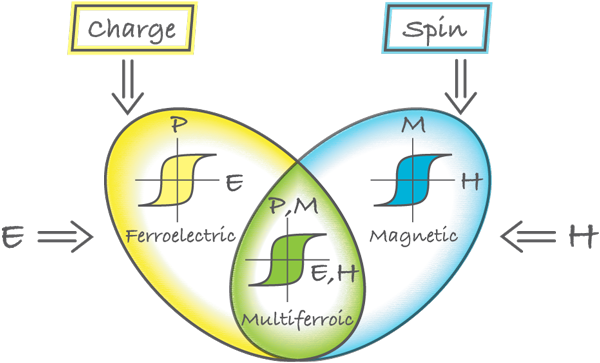
A more complete description of the project can be found here.
Spin Wave investigation of Cu2OSO4
The Spin Wave approximation is one of the most common method when it comes to investigating the ground state properties of a given Hamiltonian. In this project, we propose to use the SpinW software in order to examine the low-lying energy properties of Cu2OSO4. The results can be compared with some real neutron scattering data obtained at an international facility. It is a mostly numerical project, but a nice understanding of the theory is required. Depending on the student’s interest, the contents and approach of the project is adjustable.

A more complete description of the project can be found here.
Master project / Specialization
Full neutron polarisation Analysis of Single-Crystals Inelastic Multidetector Data
We are working on a device called PASTIS3 designed for full neutron polarisation analysis on multi-detector instruments. This development is relevant for existing as well as projected ILL-instruments (IN20, Thales, IN5, PANTHER), and future instruments at the European Spallation Source. The student shall participate in the experimental setup, the various measurements that are required to characterise the performance of PASTIS3, the final optimisation of parameters, the analysis of the performance, and the first elastic and inelastic experiments including their analysis
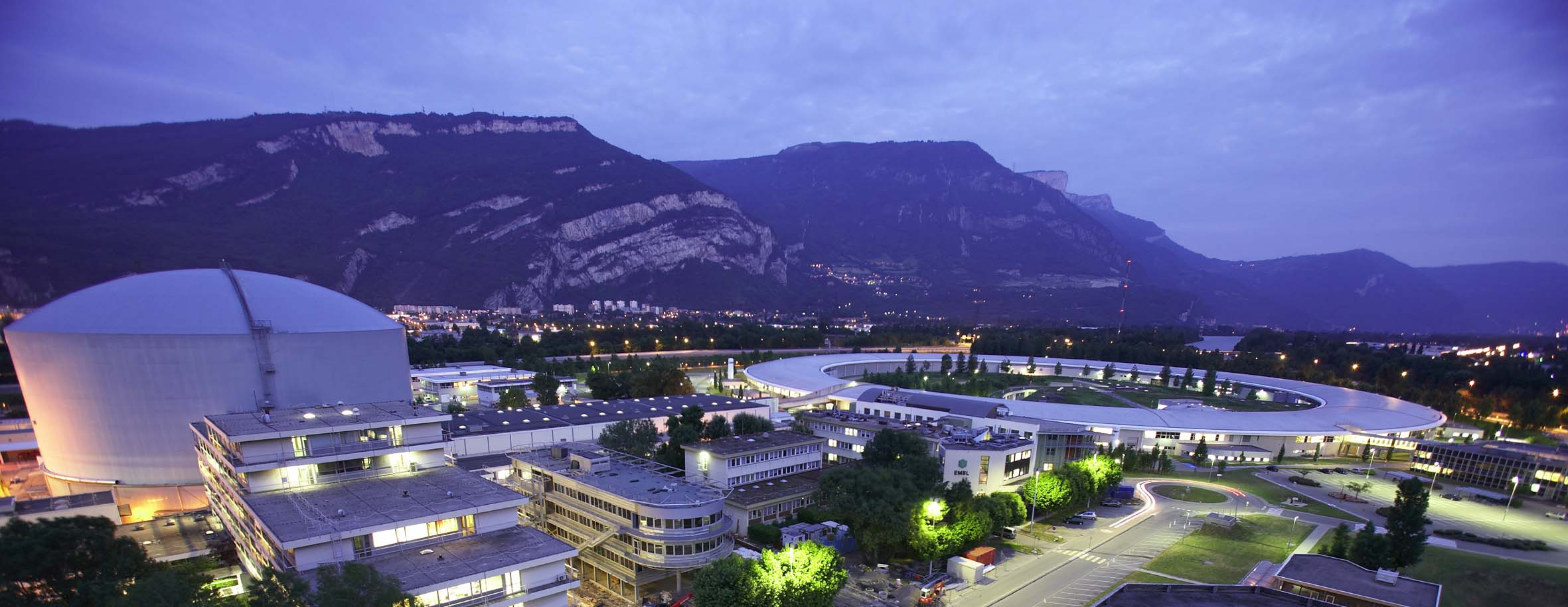
This project will take place at the Institut Laue-Langevin (ILL) in Grenoble. An undergrad fellowship of between 435€ and 1050€ will be given to the student. Please, see the full description of the project on this file.
Time of Flight (TOF) Neutron spectroscopy on absorbing samples
Neutron time-of-flight spectroscopy is a unique and extremely powerful technique to study dynamics and excitations in condensed matter and one of the major challenges is to develop algorithms to correct for neutron absorption in the sample. To this end, the aim of the internship is to perform measurements on strongly absorbing samples in order to test and compare existing absorption correction algorithms as well as develop new ones. We plan to use relatively strongly absorbing Mn2Au samples, in view of their current interest in the domain of antiferromagnetic spintronics and strong spin-orbit coupling resulting from Mn-Au hybridization.
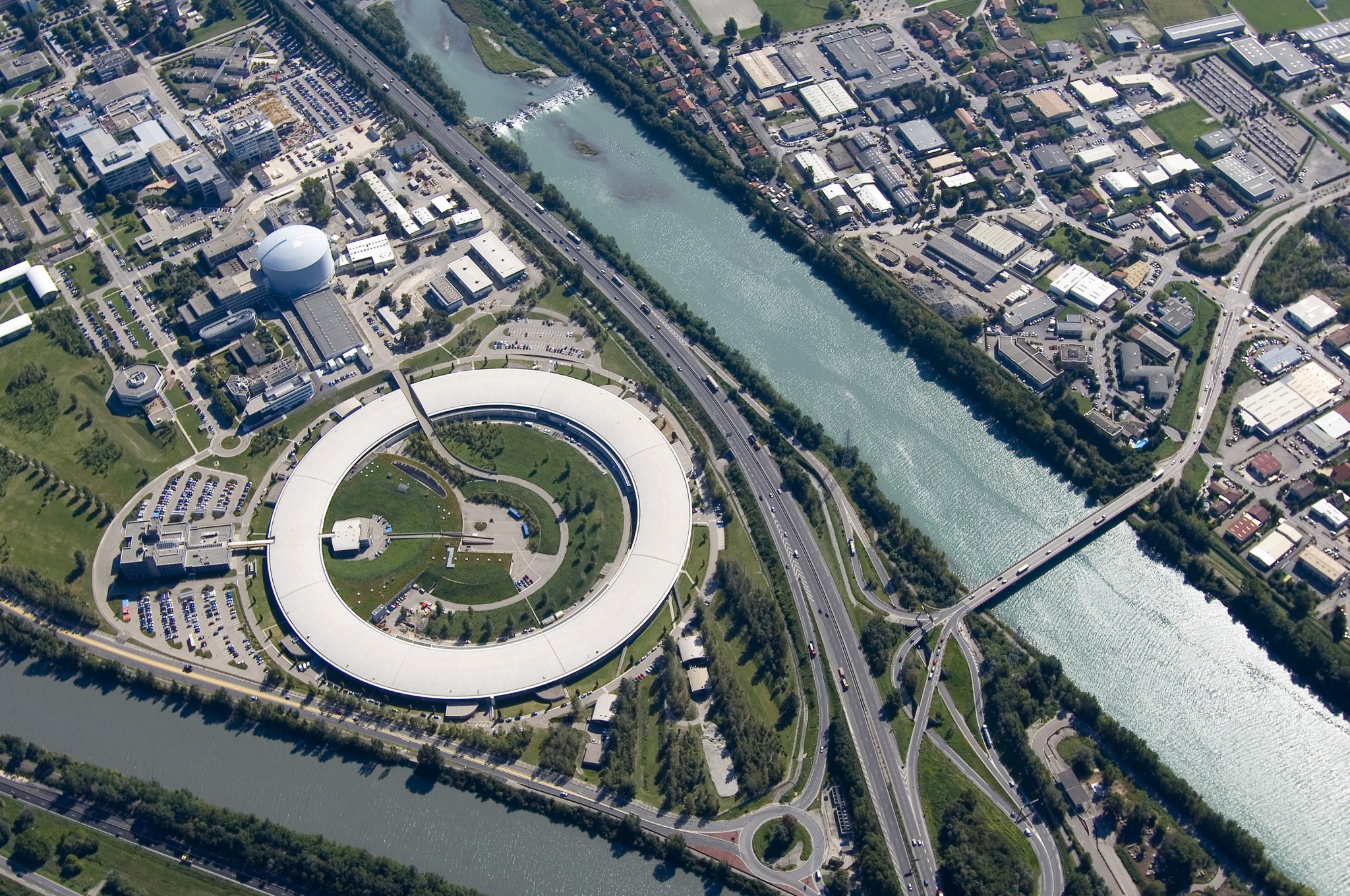
This project will take place at the Institut Laue-Langevin (ILL) in Grenoble. An undergrad fellowship of between 435€ and 1050€ will be given to the student. Please, see the full description of the project on this file.
Quantum Criticality of Magneto-Electric Materials
Quantum criticality refers to a set of intriguing universal phenomena observed at finite temperatures, which counter-intuitively stems from a zero-temperature phase transition. The aim of this project is to quantify quantum criticality of magneto-electric materials where two degrees of freedom, magnetic and electric dipoles, are coupled. The main question would be, though challenging, whether the fluctuations of these two quantities are separable or intertwined in quantum critical region. The project will include typical training for hands-on laboratory works for quantum materials and solid-state physics research, which comprises low-temperature thermometry and electric wiring and measurements, instrument programming, data and numerical analysis, technical writing and handling of cryogenic liquid.
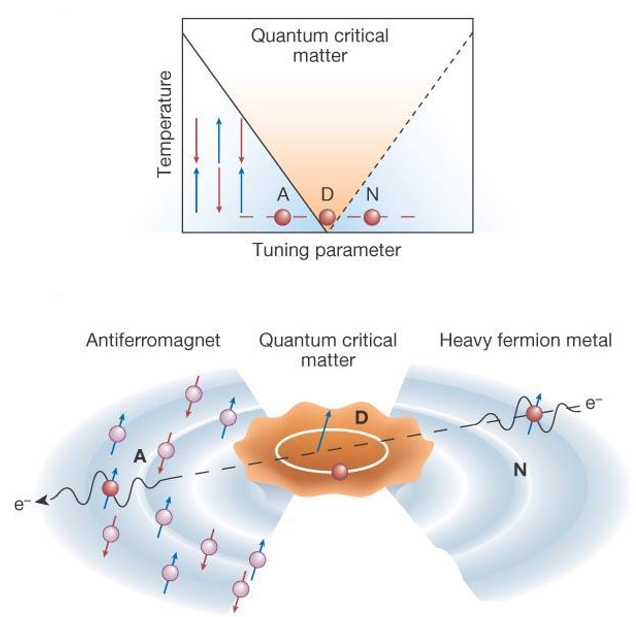
A more complete description of the project can be found here.
Please note that the publication lists from Infoscience integrated into the EPFL website, lab or people pages are frozen following the launch of the new version of platform. The owners of these pages are invited to recreate their publication list from Infoscience. For any assistance, please consult the Infoscience help or contact support.